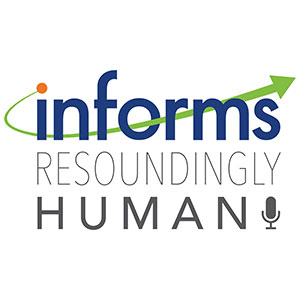
'Helpless' Doctors at Start of Coronavirus Pandemic Now Have More Treatments to Save Lives
Dr. Adarsh Bhimraj was feeling “helpless” in April about his ability to treat the dozens of Covid-19 patients admitted everyday to the Cleveland Clinic in Ohio. In those early weeks of the outbreak, Bhimraj and his colleagues struggled to understand why some patients died and others recovered. It happened quickly, he said, adding that the disease could turn in a moment, sending a patient unexpectedly to the intensive care unit, where some died in days.















